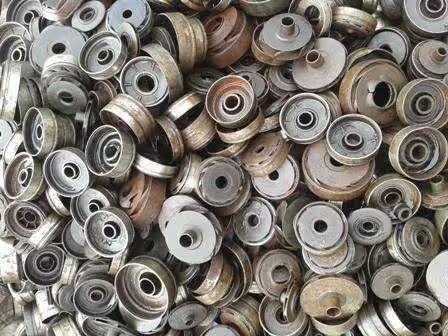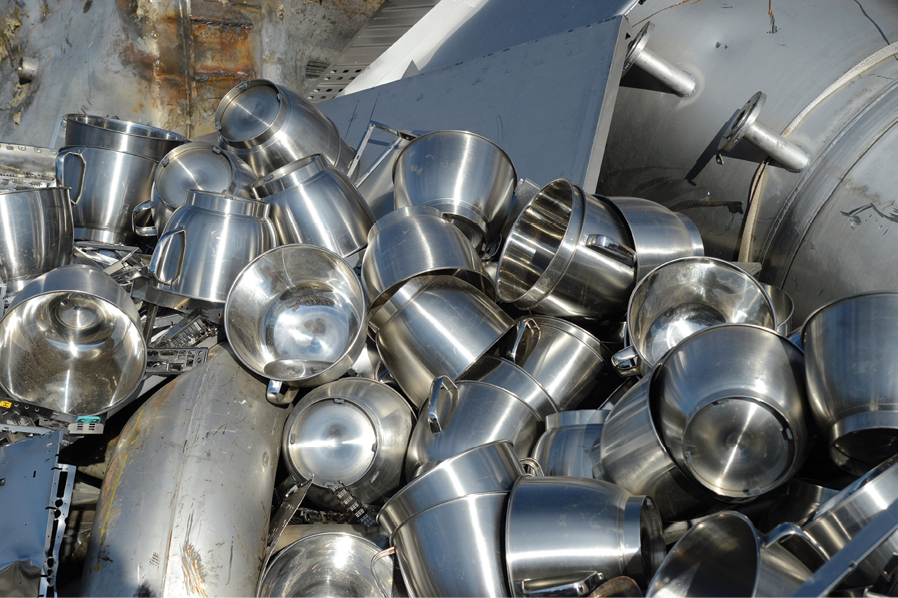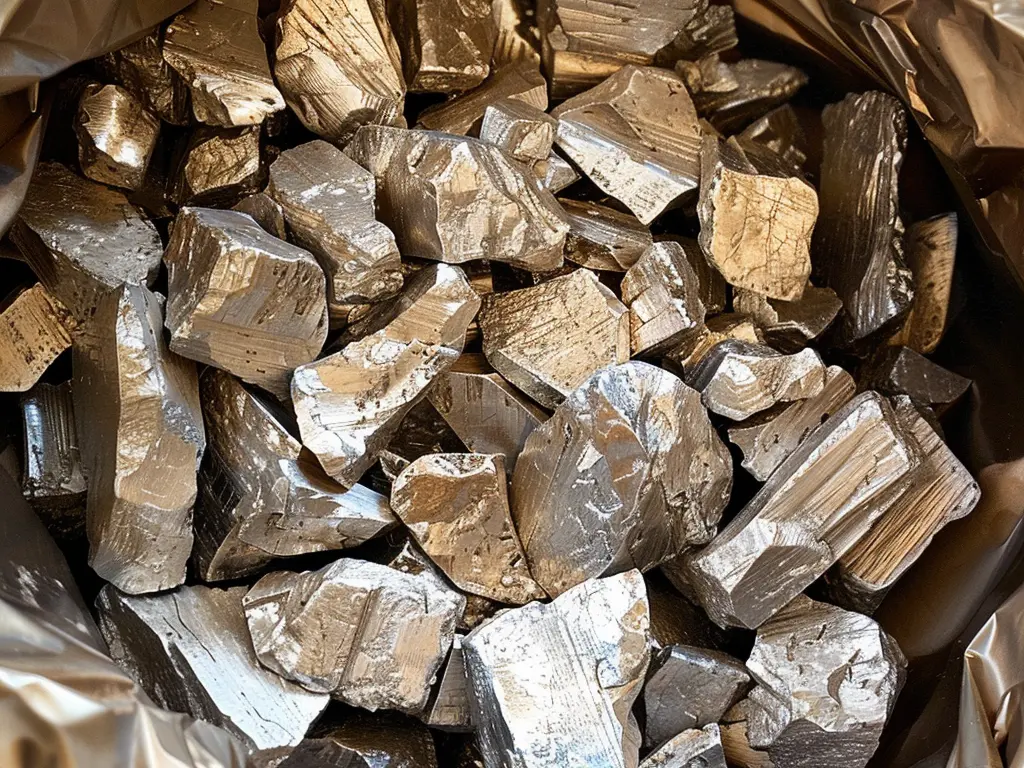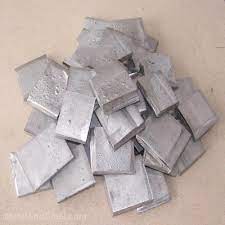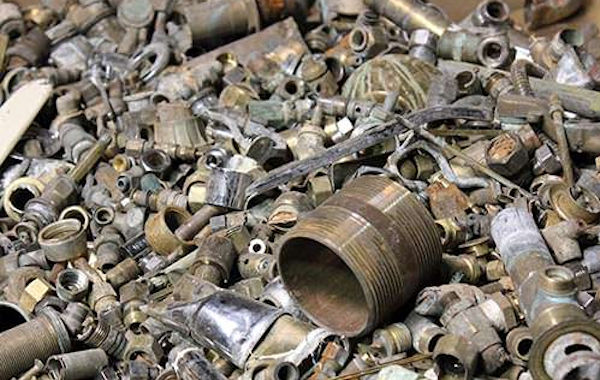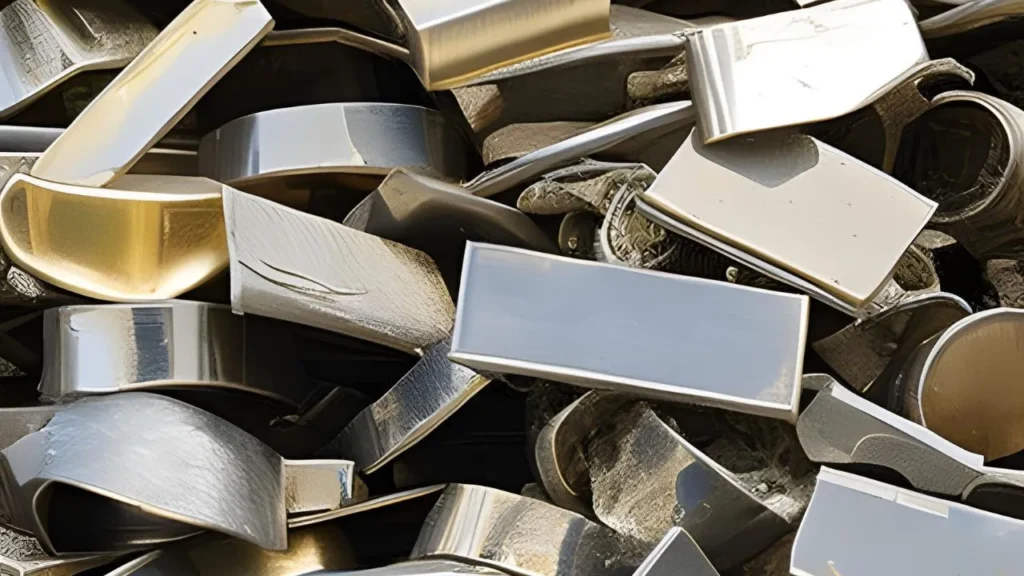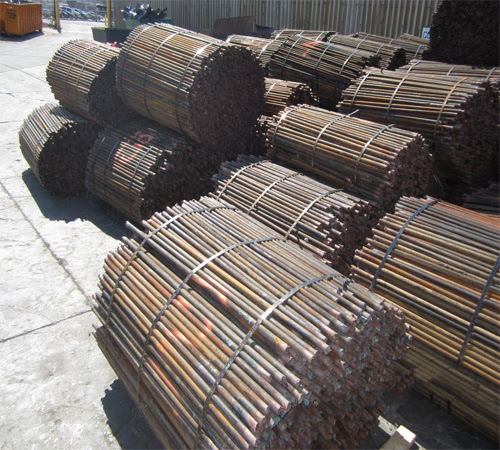Description
Nickel scrap plays a crucial role in the recycling and metal manufacturing industries, acting as a valuable resource for producing new nickel products. As the demand for nickel continues to rise, driven by its widespread use in stainless steel production, batteries, and other industrial applications, the efficient recycling of nickel scrap has become increasingly important. Scrap nickel can be sourced from a variety of sectors, including electronics, automotive, and construction, where nickel-containing materials are prevalent. By recycling nickel scrap, companies not only reduce the need for mining new nickel ores but also minimize environmental impacts and energy consumption associated with primary metal production.
The recycling process of nickel scrap involves several stages, starting from collection and sorting to refining and reprocessing. Different forms of nickel scrap, such as stainless steel turnings, spent catalysts, or rejected parts from manufacturing processes, require specific handling methods to maximize recovery rates. Modern technologies, including hydrometallurgical and pyrometallurgical techniques, enable recyclers to extract nickel efficiently and purify it for reuse in new applications. As industries increasingly adopt sustainable practices, the role of nickel scrap is projected to grow, fostering a circular economy where materials are continuously repurposed, thereby reducing waste and supporting resource conservation.
Furthermore, the trade of nickel scrap is influenced by global market dynamics, including fluctuations in nickel prices, import/export regulations, and environmental policies. Countries with strong recycling infrastructures and a commitment to sustainability often find themselves at the forefront of the nickel scrap market. However, challenges such as quality control and contamination in scrap materials can impact the efficiency of the recycling process. As demand for nickel continues to soar, the industry must navigate these challenges, fostering collaboration among stakeholders to ensure a steady supply of high-quality nickel scrap and promote innovative recycling solutions that benefit both the economy and the environment.

